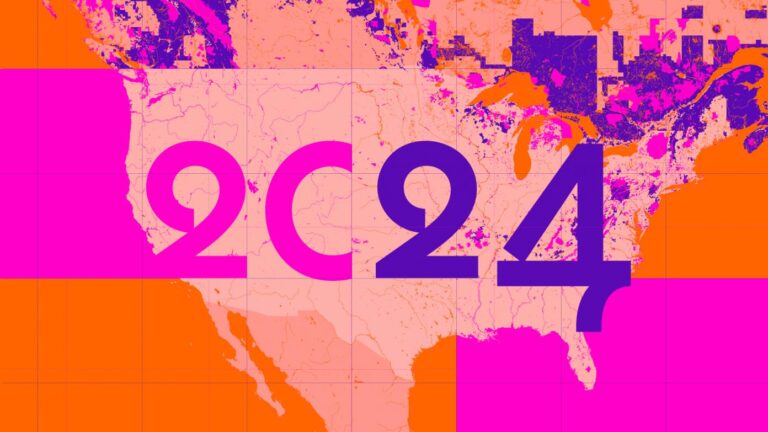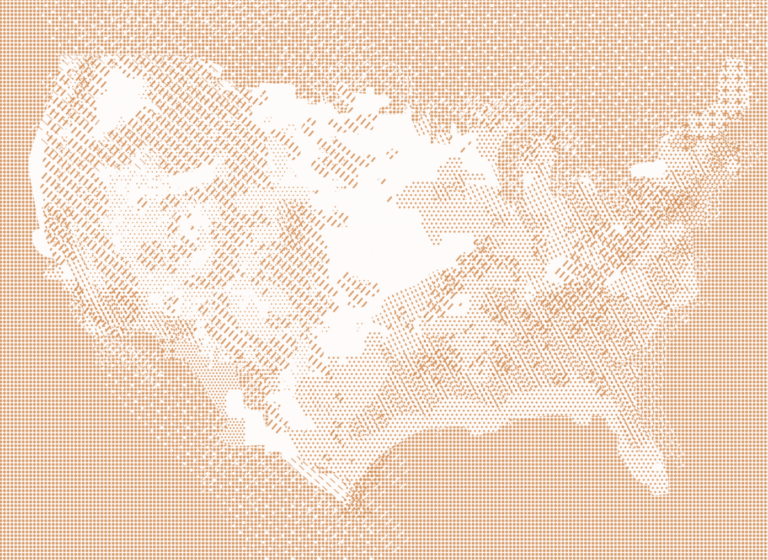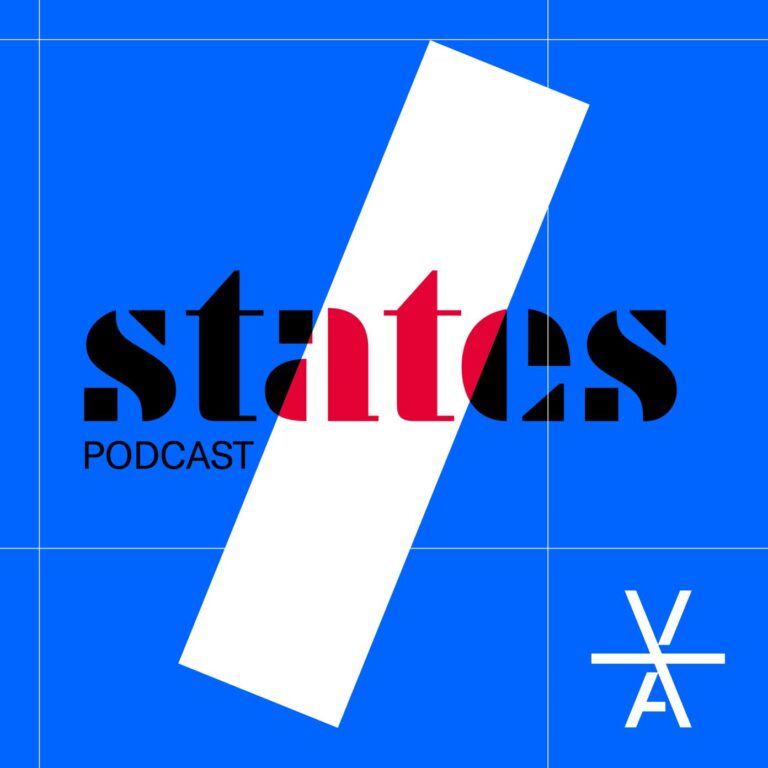
Raphaël Barontini
Visual artist
2024
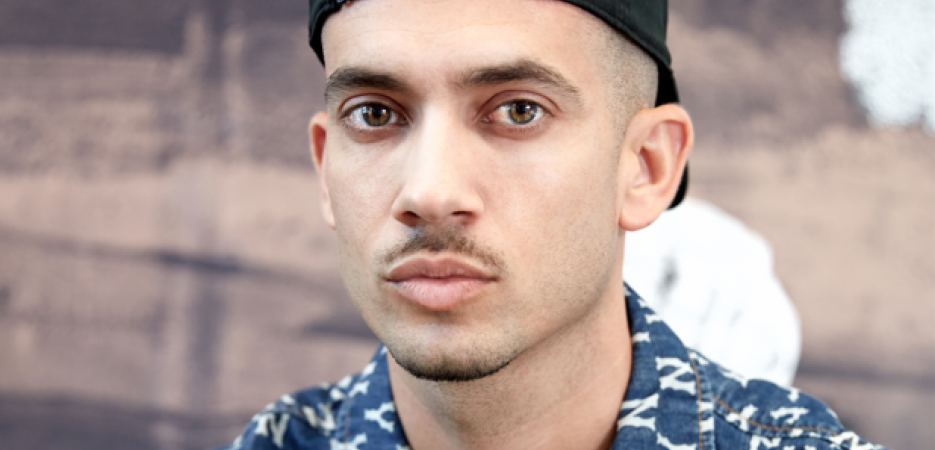
Jalil Ourguedi ©
- Performing Arts
- Visual Arts
- New Orleans
“My aim is to discover the bridges, similarities, and differences with the Caribbean culture of the French West Indies–and how the history of slavery, in particular, was the breeding ground for new and creolized artistic languages.”
Since studying at the Beaux Arts in Paris and the Hunter College of Art in New York, I’m always observing, comparing and contrasting certain aspects of the histories and cultures on both sides of the Atlantic. My pictorial practice explores our sometimes painful shared histories (slavery, colonization…) and brings a new perspective to the resulting Creole cultures.
I work on the symbolism of images in Western art history and combine them with archival photographic portraits, sacred objects from Africa or the Caribbean, and various other iconographic elements. I endeavor to forge other real or imaginary narratives that need to be told. My painting is increasingly taking the form of collaborative group performances in the public space. These performances often have something of a remembrance or tribute in them, and I like to work on these shared issues with local players.
The idea is to create moments of life, and to reinvent collective traditions and celebrations. The musical dimension is essential and gives rhythm to these performances. For these performative occasions, I am creating a corpus of textile pieces – including flags, banners, and costumes – that play with the codes of Caribbean carnivals and parades. This is why I specifically chose the territory of New Orleans: for its history, its Creole cultural heritage, its musical creativity, and its parade traditions.
Raphaël Barontini is an artist who lives and works in Saint-Denis, near Paris. He is represented by the Mariane Ibrahim Gallery in Chicago and Paris. His work has a national and international audience. He has exhibited at the biennials of Bamako (Mali), Lima (Peru), Casablanca (Morocco), and Thessaloniki (Greece). He has also exhibited in high-profile museums such as the SCAD Museum of Art (Savannah, GA), the MO.CO (Montpellier, France), the Abattoirs (Toulouse, France), the Museum of the African Diaspora (San Francisco, CA), and the MAD Museum (New York, NY). In 2020, he was selected for a residency in a tannery owned by the LVMH group in Singapore.
My residency project has several components. The first is my immersion in a territory that I have long observed from a distance but have never had direct access to. I would like to identify the possible connections that can be made between my work, its stakes, and New Orleans’ collective and musical traditions. The idea is to do an in-depth study of the local community fabric. I hope to meet and get to know the players in this rich music scene, and the various communities involved in the parade tradition (brass bands, marching bands, the Black Masking Indian community).
My aim is to discover the bridges, similarities, and differences with the Caribbean culture of the French West Indies–and how the history of slavery, in particular, was the breeding ground for new and creolized artistic languages. There are bridges, for example, between the West Indian Léwòz tradition and the musical gatherings that took place on Congo Square in New Orleans. So I would like to reflect on an encounter between the traditions and histories of New Orleans and the West Indies in order to lay the groundwork for a future collaboration, as I was recently able to do with local communities in Georgia and Texas, for collective celebrations that combine visual arts and music.
The second component of my research is the identification of potential partners in the visual arts field: local institutions, Prospect Biennial, the Joan Mitchell Center, etc. In the medium term, the Mariane Ibrahim Gallery and Reiffers Art Initiatives will support me in the creation of this performance.
I have always been interested in the construction of Creole cultures, which are rich and specific in both the United States and the Caribbean. I perceive similarities, parallels, and echoes between them, but I would like my trip to Louisiana to put me in far closer contact with them. This historical and symbolic exploration of the United States, the Caribbean and France defines my artistic research.
When I was a student in the United States, I discovered the cultural and artistic importance of the African American scene, which strongly influenced me in the early days of my artistic practice. I saw things I didn’t see in mainland France–an avant-garde scene that tackles the kind of subject that affects me personally: issues of identity and representation and new, hybrid imaginaries.
Of all the cities on the Villa Albertine program, my choice naturally went to New Orleans. It is a part of the United States that I only know fictitiously, through books, reports and films. I have a strong desire to explore the territory and its cultural, artistic and associative fabric, and to meet other artists based in New Orleans.
In the past, for performance projects with a strong commemorative dimension, I tackled the issue of the abolition of slavery with local African American communities with whom exchange and conversation were possible. I have a feeling that I will be able to continue this work in New Orleans in a richly collaborative and original way.
In partnership with
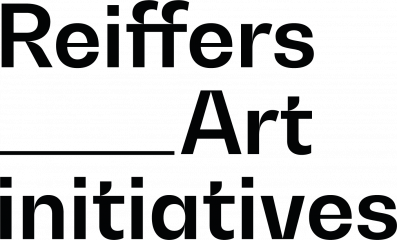
Reiffers Art Initiative
Reiffers Art Initiatives is a foundation created to support the young contemporary art scene and the cultural diversity. Its mission is to support approximately thirty artists per year in order to help the new French art scene emerge internationally. It initiates several actions to finance, exhibit and give visibility to emerging artists.
Mariane Ibrahim Gallery
Seven years after launching her namesake gallery in Seattle, Mariane Ibrahim moved the space to Chicago in 2019. In September 2021, the gallery opened its inaugural European space in Paris. The gallery has hosted acclaimed exhibitions, with a founding focus on the African diaspora, from leading and emerging artists. The gallery has worked with global renowned institutions and have had an international presence at art fairs with acclaimed and prize-winning presentations. In 2021 Ibrahim was awarded The Ordre des Arts et des Lettres (Order of the Arts and the Letters) on behalf of the Ministry of culture in France.


